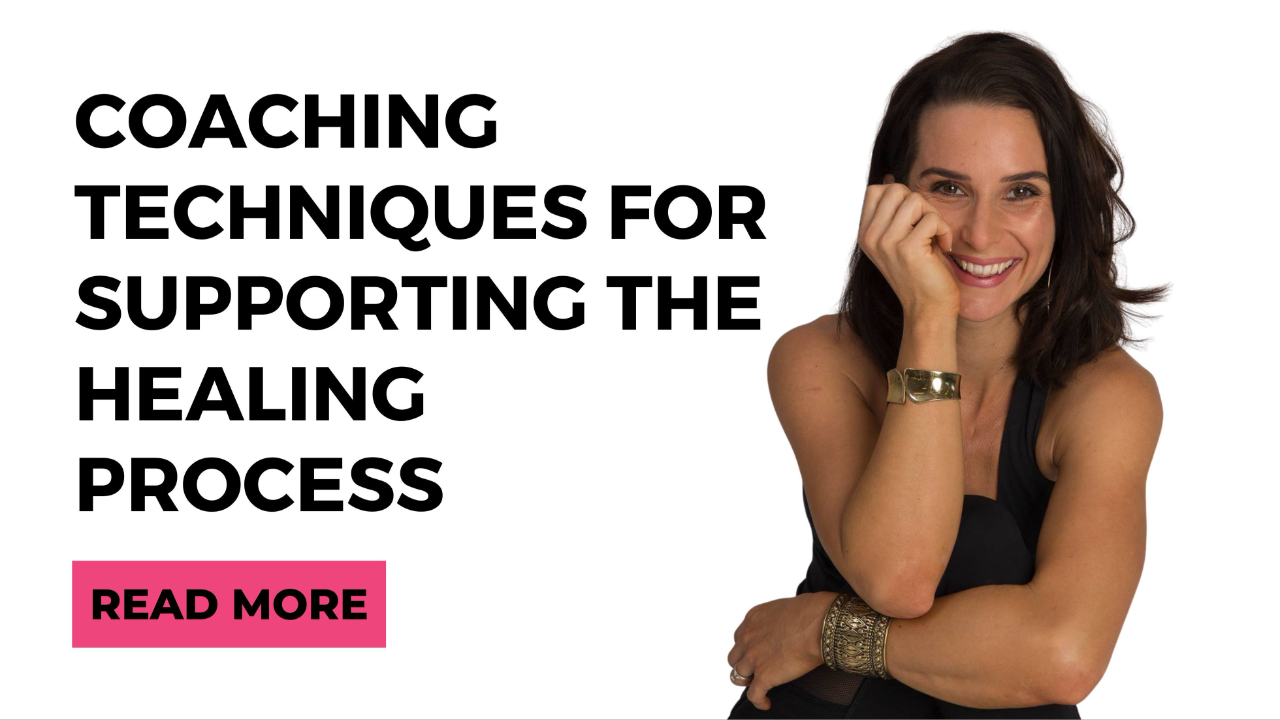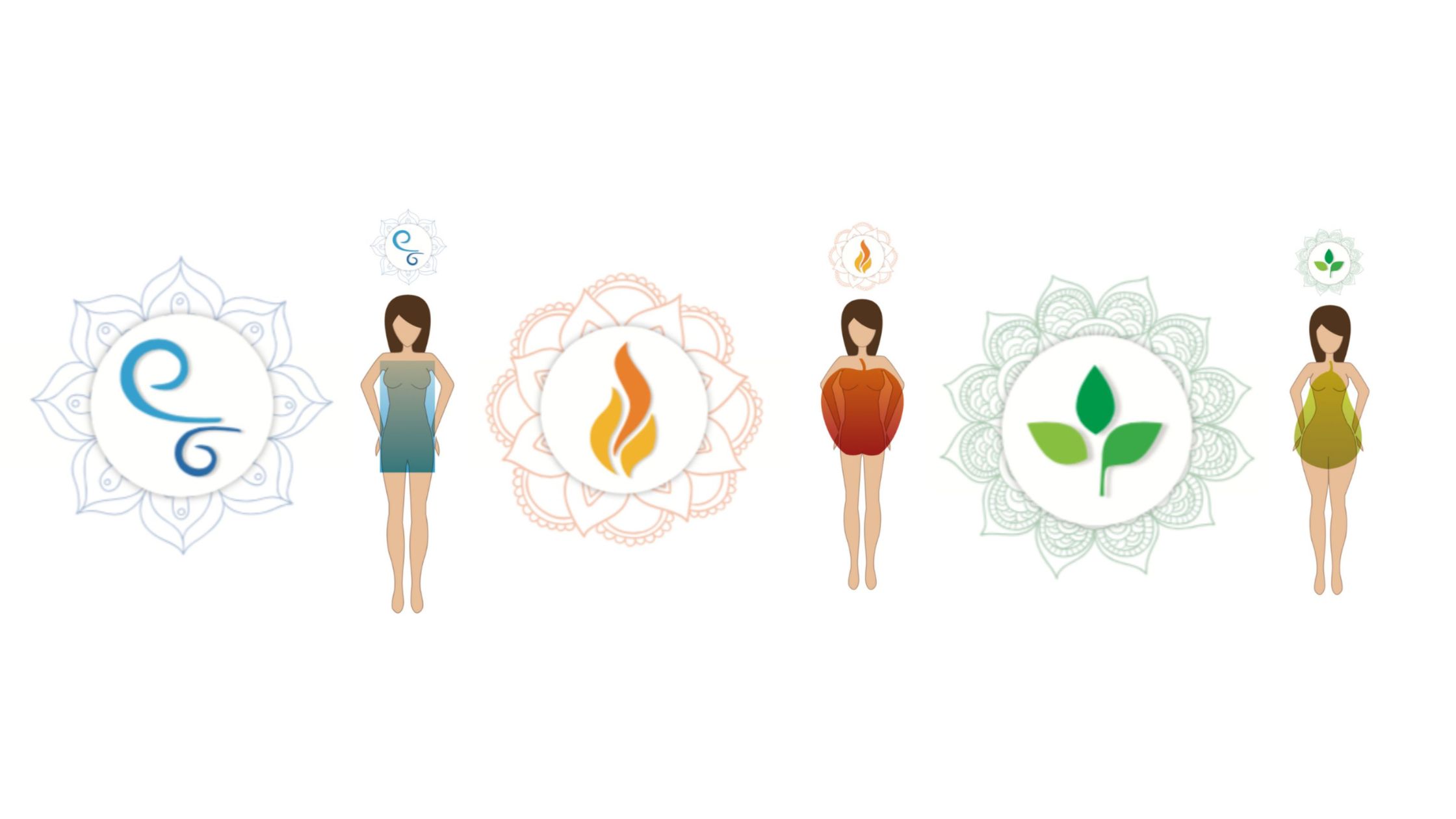Coaching Techniques for Supporting the Healing Process
Nov 14, 2025
Why is Coaching Important in Health & Healing?
Coaching is the element of health and wellness that prompts behaviour change and implementation.
For years, I searched for a way to support my clients in achieving better results. I knew that once we finished our consultation and they returned to their day, they often lacked the support and accountability required to make necessary changes. That once they resumed their normal life, with all its obstacles and challenges, even the best of intentions wouldn’t always equate to successful implementation of new habits that would help them achieve their optimal state of wellness.
Coaching offers goal setting, strategy creation, support, and accountability – assisting your client in implementing the necessary changes to improve their health. And as our coaching skills develop, we will be able to work with our clients on a much deeper level, helping them uncover and overcome their limitations, to help them transform their life.
The Live to Serve Method of Coaching
Often your clients will come to you for help because they are confused, stuck, and looking for guidance and support. They may be confused and overwhelmed by conflicting medical advice; feeling stuck and unable to create change; dealing with self-sabotaging behaviour; or needing guidance to help them lose weight, improve their health, or enhance their wellbeing. Sometimes, they will come to you for education and advice, wanting to know what they must do next to continue to improve their health and productivity (often high-achieving Pitta types!).
The Live to Serve Method can help with all of these issues and more, and how you work with each individual client will depend upon your chosen niche and preferred methods and modalities. Ayurvedic Wellness Coaching is designed to support you in being the best health professional or coach that you can be, while enabling you to implement your knowledge according to your unique style.
Personal Coaching Breeds Self-Coaching
You’ll notice that initially, when working with clients, you’ll do all the prying and digging for information, and ask all the right questions to help them navigate a problem. Over time, your clients will pick up on this way of thinking and start coaching themselves through problems. This is when you know you’ve really delivered value – when your client can think differently, and self-coach, they are less likely to end up at the same level of imbalance again.
We all fall off the wagon every now and then, but once your client can work through any setbacks and carry on, that’s when people start to grow out of self-sabotage cycles.
Coaching to Connect the Dots
As coaches, we use our knowledge to help clients bring all the pieces of the puzzle together. From there, we help our clients connect those pieces so they can see the bigger picture.
Often, the first thing we need to do is get the full story from people by asking lots of open-ended questions (coaching/interviewing). This process can take weeks or months and is a process that will unfold as we work with people over time (which is why you’ll always hear me advising you to create packages that span three to six months).
During this process, you will uncover some of the underlying contributors to the clients’ disease: built-up trauma, chronic stress, a history of unhealthy habits and self-defeating behaviours. All of this information is relevant to helping people understand how they may have come to a place of imbalance and disease. Gathering all of this information is the work that the doctor usually doesn’t do; however, it is essential as it has an immense impact on a person’s well-being.
The Process of Change
It’s important to realise that change is a process and not something that happens overnight. Along your client’s journey, there will be setbacks, obstacles, and periods of regression. This is normal, and the client must continue to work through the process of change in order to create a new life. There are six stages in the process of change:
Stage One – Pre-contemplation
“I won’t” ~ “I can’t” ~ “It’s not possible”
This stage is characterised by a lack of contemplation or intention to change. Often times, people in this stage are not aware that they need to change – they are ignorant of the detrimental effects that their habits are having on their health and wellbeing. Once they become aware that change is necessary, they may still resist it – feeling that change would be overwhelming and just too much to even consider. People in this stage will often look for excuses to avoid change, and reasons that changing won’t work for them. During this stage, the coach must understand that the client is not yet ready – however, gently encourage them towards change by explaining and personalising the risks associated with their behaviour.
Stage Two – Contemplation
“I might” ~ “Perhaps I could” ~ “How would I do it?”
The Contemplation stage is when the client understands that a change must be made and starts to think about taking action. This stage is characterised by the client contemplating what needs to be done, how to implement the change, and what the outcome of change could be. Assisting the client during this stage may help them to understand the benefits and challenges of change, identify possible outcomes of change, and encourage the client to consider their future goals. During this stage, the client is starting to feel that change may be possible for them.
Stage Three – Preparation
“I will” ~ “I can”
During this stage, the client has made the decision to change. They are committed to taking action and are looking for ways that they can make it happen. Assisting the client during this stage may include educating them – providing them with new recipes, exercise ideas, and other information to help them understand where to start. The coach should also assist the client to identify obstacles, strategies, and support systems, while encouraging small steps. By validating the client and building self-efficacy, the coach can build self-belief and enable the client to take the next step.
Stage Four – Action
“I am”
This stage is both exciting and overwhelming at the same time. The client is actively participating in the actions of change, implementing new activities and modifying behaviour. This stage is characterised by determination to succeed, and a focus on the outcome. The client has come to believe that change is actually possible for them and is doing the work. To assist the client during this stage, the coach should bolster self-efficacy, by helping the client to overcome strategies, reach out to social supports, and deal with any feelings of loss (arising from giving up old patterns).
Stage Five – Maintenance
“I STILL am”
During this stage, the client has been taking consistent action over a period of time. New behaviours are becoming habitual – healthy eating has become normal, regular exercise has become part of the daily routine. During this stage, the client has built momentum and may be starting to see results. The role of the coach is to reinforce the rewards of the behaviour change, continue to provide ongoing support, and discuss strategies to prevent relapse.
Relapse Stage
“I was” ~ “I no longer am”
The relapse stage can occur at any time throughout the process of change and refers to when we “fall off the wagon”. This could be a binge, missing several workouts, cancelling the gym membership, or – more seriously – giving up on everything and returning to the original starting point. While this can be disheartening, relapse is only a phase and can be worked on and moved through. During relapse, the coach must help the client to identify the triggers that caused the relapse and plan for strong coping mechanisms and better support systems moving forward.
Throughout each of the stages of change, the role of the coach is to meet the client where they are at, providing support and empowering the client to keep doing the work.
The Change Process and the Doshas
Each individual will progress through the change process at a different pace. The doshas give us some insights as to the tempo at which a person may progress. For example:
Vata types: May make fast progress, but frequently relapse and require assistance in being reminded of what they were doing and how to get back on track.
Pitta types: May transform quickly and seemingly effortlessly, but may beat themselves up over relapsing. Helping them to relax their perfectionist mindset can help them to get back on track with more ease.
Kapha types: May be slow to change, but when they do, they’re likely to stick to it. They may require a lot of agitation in the early stages to help get them going.

Support: How does this relate to the ATC Method?
It’s only through ongoing and long-term support that all this magic can unfold. When we have enough time to gently walk with people through the change process, it becomes an empowering journey, and when we don’t rush the process, the changes made are more likely to last.
I recommend three- to six-month coaching contracts for this reason.
Your ongoing coaching support acts as a thread for your client to bind everything together. Depending on your client’s situation, they may be seeing several different health professionals and receiving potentially conflicting information from each person. Through this process, you are the one they check in with every week (or even each day) to help them unpack, review, and decide which information is relevant, what their options are, what works and complements each other, what conflicts, and so on. This support is essential to developing a successful integrated approach to healing.
Holding this space for your client empowers them. It allows them to consciously choose every step of their journey, in a well-thought-out, educated manner, while developing essential mindset habits to help them make the changes required to positively change their state of health.
How does this apply to the Live to Serve Model?
Supports Lifestyle Regulation
Supports Healthy Thought Processes
Connection: helps to establish a harmonious connection with one’s self, others, and environment.
Vitality: builds vitality by aligning with the Laws of Nature to restore energy and strength.
Habit Mastery: guides a person in mastering their unique process for attaining growth in all areas of their life.
If this fascinates with you, maybe it’s time to go deeper.
Ayurvedic Wellness Coaching is designed to give you both the health foundations of Ayurveda and while equipping you with the tools and scope of coaching.
Enrolment Season Sale is on now. Join before November 31st and save thousands.
Step into your own growth, and learn to share these teachings with others.

